Please note: Next week I will be traveling to a country where I will have no access to my email, the website, or anything else online. I know that when I’m “out,” you can often track me down and I do my best to respond, but this time I’m serious! 🙂 If you need help, you can click the orange ball in the right sidebar to find your local Allegion Code Expert (ACE). –>
~~~
In yesterday’s “What’s that?” post, I shared a photo of a door opening that I saw on a university campus. The focus of the previous post was the electric power transfer (EPT), but several of you noted the magnetic holder, hence today’s Fixed-it Friday post.
Here is another view of the doors, magically standing in the 180ish-degree open position:

In the photos below, you can see the magnetic holder mounted on the aluminum mullion:
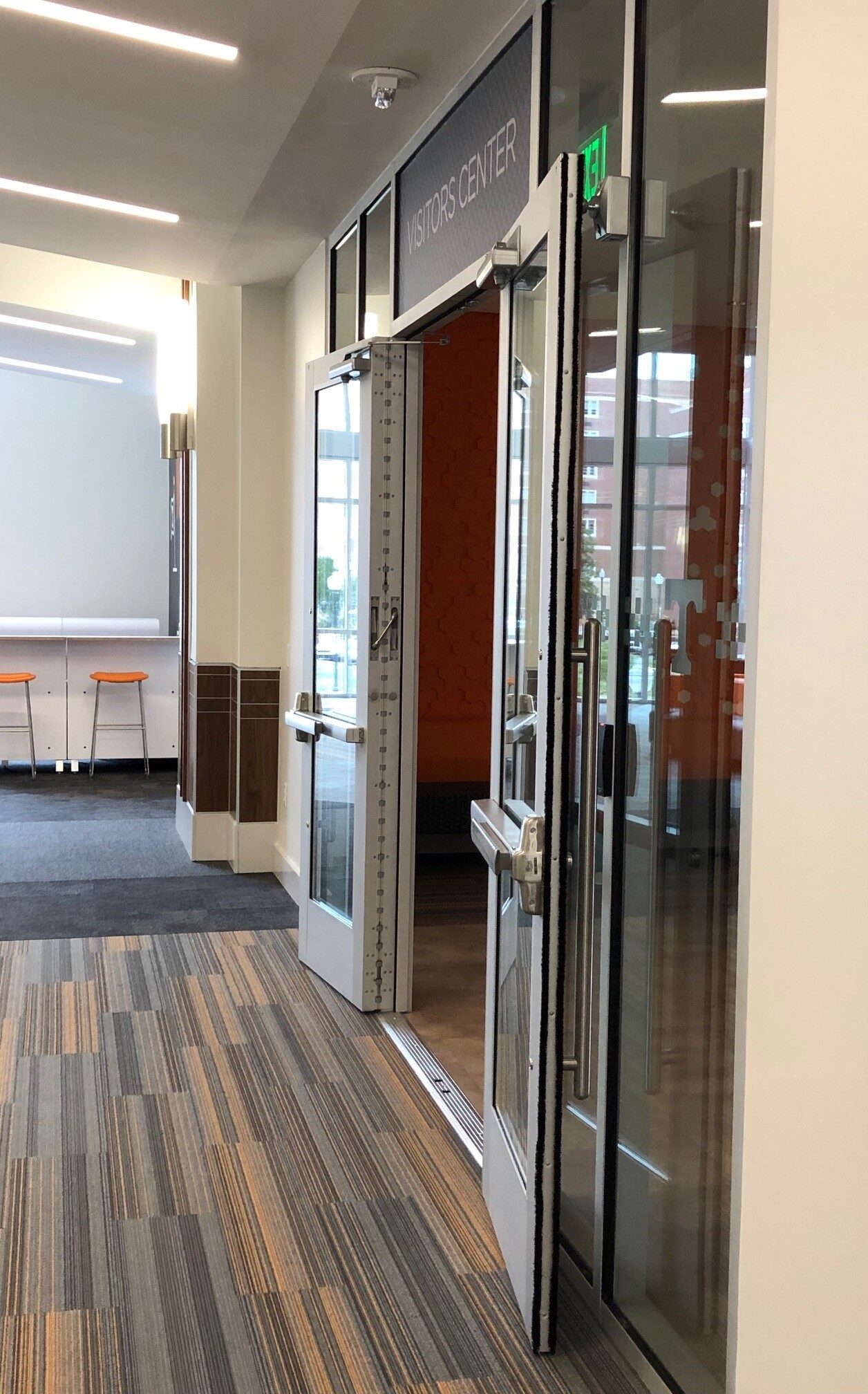
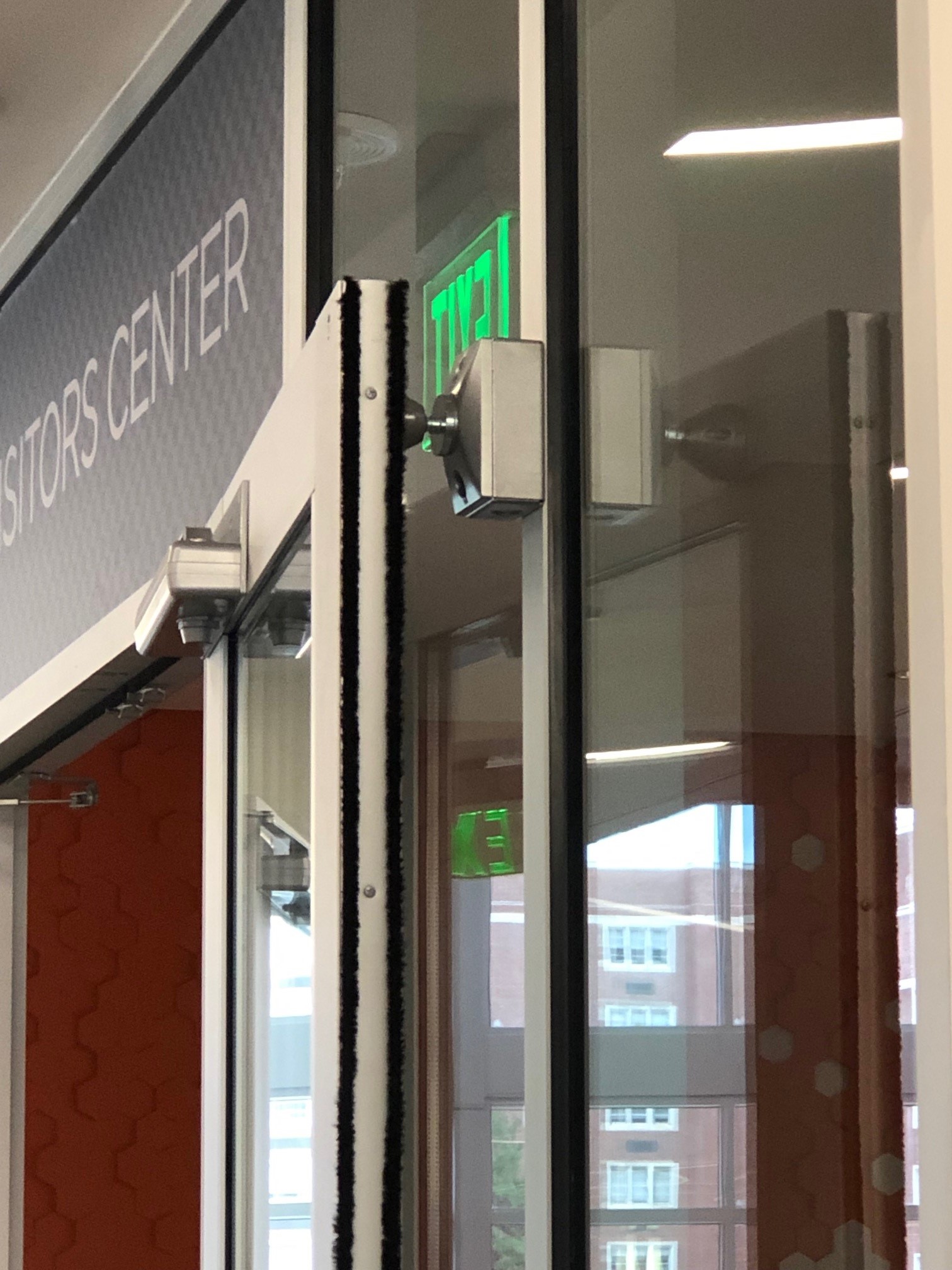
So here’s a question for you all (since I don’t know the answer)…assuming the magnetic holder is low voltage – 12 or 24 volts – can the wires be run through the aluminum mullion or is conduit required? Enquiring minds want to know. 🙂
You need to login or register to bookmark/favorite this content.


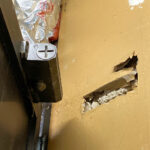
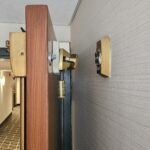
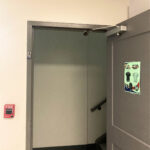



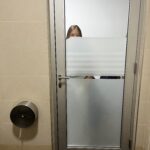
My guess since low voltage, no problem, conduit not required.
I wonder how they are released? Fire alarm only or are there smoke detectors on both sides?
And guess these are only held open for convenience, since not rated.
I’ll be a round of drinks that conduit is not required if it’s low voltage. The other question is what if it’s hooked up to 120V?
I’m not going to bet against you on that one, Eric! 🙂
– Lori
I have installed a lot of card readers (like the one in the picture, actually) and power door buttons in aluminum frames, and I’ve never used conduit. To the best of my knowledge, no LAHJ has had an issue with low voltage wires through those frames.
Thanks for sharing your insight, Misha!
– Lori
No accommodation for wheelchairs?
It looks like this opening may be adjacent to an opening between floors (glass railing with handrail). The holders are probably for convenience, but release and let the doors close for smoke control.
Actually a magnetic hold-open is pretty unique in the fact that most can be wired 12V, 24V or 120V. So depending on how it’s wired, it can be low or high voltage and require conduit 🙂